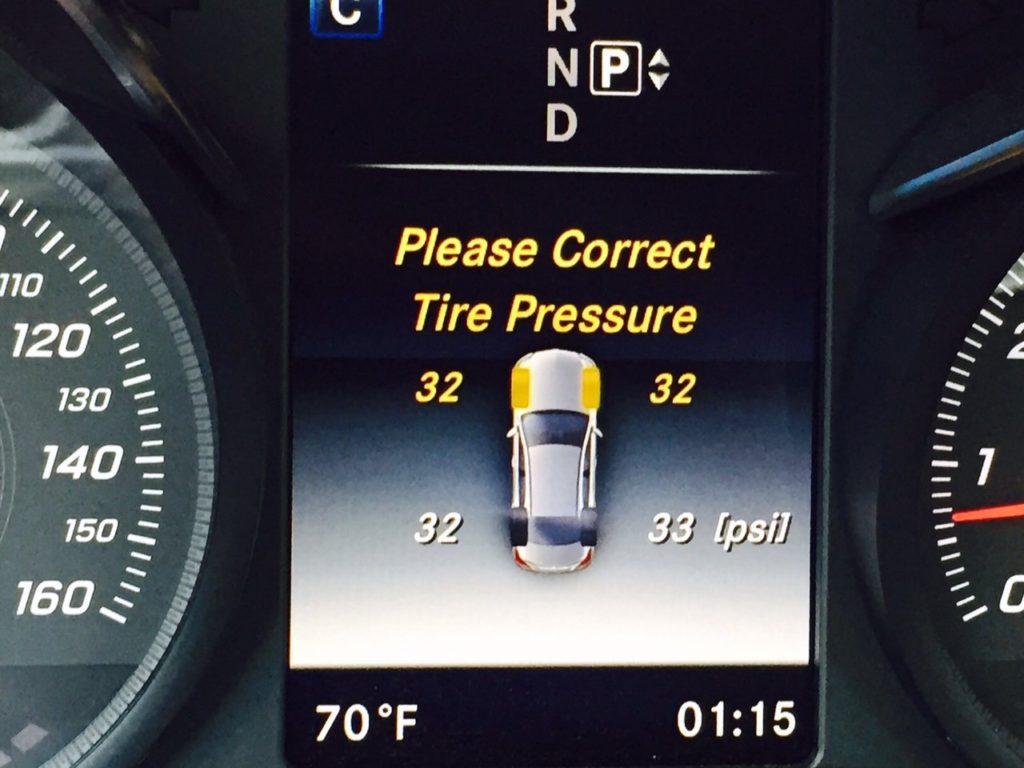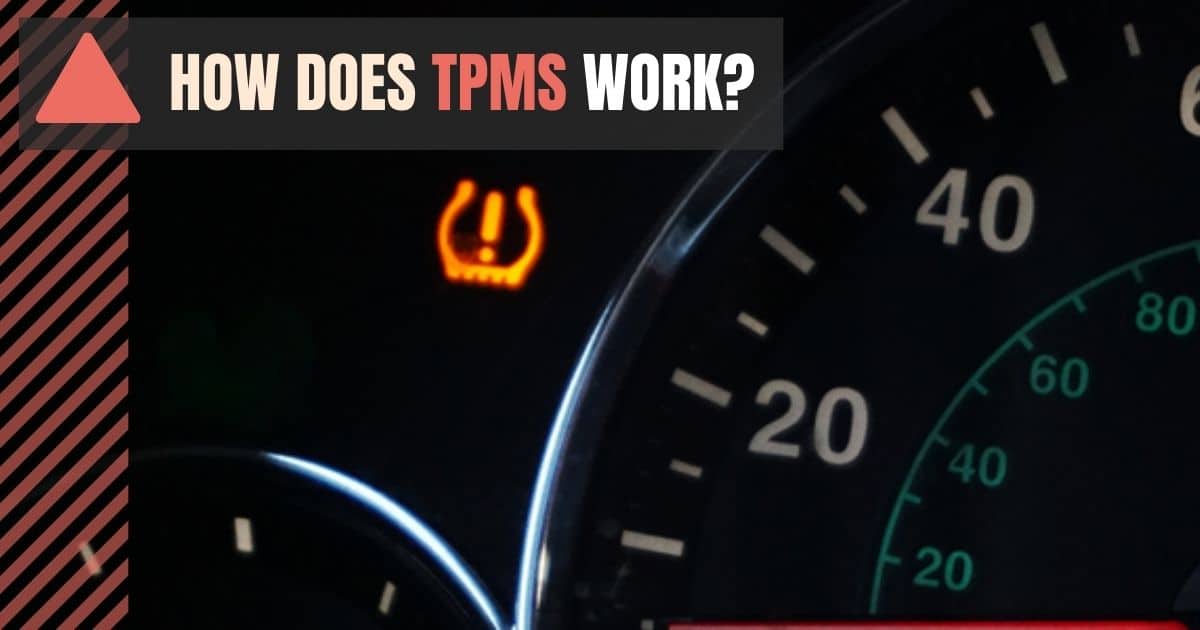You may have heard of TPMS or seen the warning sign on your dashboard. The TPMS is an important function of your vehicle, but what does it stand for and how does TPMS work? To learn more, we will go into further details on your vehicle’s TPMS…
What Is TPMS?
TPMS stands for your vehicle’s Tire Pressure Monitoring System. Vehicles made after 2006 are equipped with a TPMS and you can find further details in your vehicle’s handbook. Certain countries require vehicles to be manufactured with it.
What Is The Purpose Of The TPMS?
The primary purpose of the TPMS is to warn you about any tires that are under-inflated on your vehicle. You are alerted to any problems through the TPMS low tire pressure indicator that illuminates on your dashboard. This indicator is a yellow symbol in the shape of a tire cross-section (a little like a horseshoe) with an exclamation point next to it.
One of the best things about the feature it is delivered in real time. So as a driver you are getting information about your tire pressure and PSI as it is occuring. The benefits to informing drivers about low tire pressure are reducing accidents, reducing wear on the tires, and reducing your fuel consumption.
Why Is TPMS Important?
Before the introduction of the TPMS, many serious road accidents were caused by cars with under-inflated tires. Accidents still occur today, of course, but as the TPMS can detect low air pressure, the risk of an accident is considerably decreased. Under-inflated tires lead to blow outs and reduced traction.
In the days before vehicles were equipped with a TPMS, drivers had to manually check their tires themselves, usually with the aid of a tire gauge. But as this was something many drivers neglected to do regularly, they put themselves at greater risk of an accident.
After a surge in accidents due to underinflated tires, the Transportation Recall Enhancement, Accountability, and Documentation (TREAD) Act was passed by the US Government in the year 2000. One outcome of the act was the tire pressuring monitoring system that has become a mandatory part of most vehicles today.
How Does TPMS Work?
There are two different types of systems used today: Indirect TPMS and Direct TPMS.
How Does Indirect TPMS Work
An indirect TPMS is reliant on the wheel speed sensors that are used by the ABS (anti-lock brake system). The sensors measure the rate of revolution that each wheel makes. If one wheel starts spinning faster than expected, the vehicle’s onboard computer will calculate that this tire is underinflated. This is because an underinflated tire has a smaller radius than a tire that is properly inflated. The driver is then notified through the yellow light indicator on the dashboard.
How Does Direct TPMS Work
A direct TPMS uses pressure monitoring systems mounted in the tires to measure air pressure. Due to their location, they can track the exact pressure of the tire, which makes this system more accurate than its counterpart. If the air pressure is below 25%, this information is sent to the car’s computer system and is transmitted via an indicator light on the dashboard. Dashboards in newer vehicles can simulataneously show the PSI for all 4 tires allowing you to monitor their pressure in real time as you drive.

Mercedes Benz TPMS
Which Type Of TPMS Is Better, Direct or Indirect?
The methods used by each TPMS may be different but they both serve the same purpose. In terms of how does TPMS work, they both activate the same indicator light to warn the driver about any under-inflated tires. So, the question of which is better or not doesn’t always matter, as they both do the same job. However, there are pros and cons to each.
An indirect TPMS is less expensive than a direct TPMS, so this is certainly one advantage. This system also requires less installation and programing maintenance than its counterpart, so savings can be made this way.
However, an indirect TPMS can become inaccurate if tires are replaced. Worn tires can also give unreliable readings so this can be a concern. The indirect TPMS also needs to be reset after tires have been inflated or after a routine tire rotation.
Where a direct TPMS is concerned, readings are more accurate as pressure readings come from within the tire. They are also more reliable as readings won’t be affected by tire replacement or the rotation of the tire. Long-lasting batteries are another advantage, and so is the fact that a direct TPMS can be added to the vehicle’s spare tire.
In terms of disadvantages, the cost can be an issue. A direct TPMS is more expensive than an indirect TPMS. This is partly because costly tools are required when the TPMS is resynchronized. Additional time is also needed to check and reset the sensor system, so there will be an increase in labor costs. Sensors also need to be changed when the battery drains, so there is an added cost there.
Can You Add TPMS to a Vehicle That Doesn’t Have It?
Yes, there are actually standalone TPMS units that you can buy. Many of them are a unit that you mount on your dash and then 4 smart valve caps that go on each tire. This is often a good idea to do on RV’s, travel trailers, and your spare tire. These untits can detect low pressure, high pressure, and high temperatures via a warning alarm. Some also can tell you how fast an air leak is occuring, so you can determine if it is an emergency.
How Does TPMS Work – Conclusion
When it comes to driver safety, the TPMS is vital, no matter which system has been used on your vehicle. When properly maintained, both can deliver accurate results, and if alerted, you can take the necessary next steps to inflate your tires. Of course, you shouldn’t rely on the TPMS alone. You should still manually check the air pressure in your tires occasionally, just in case the TPMS is unreliable, for whatever reason.
